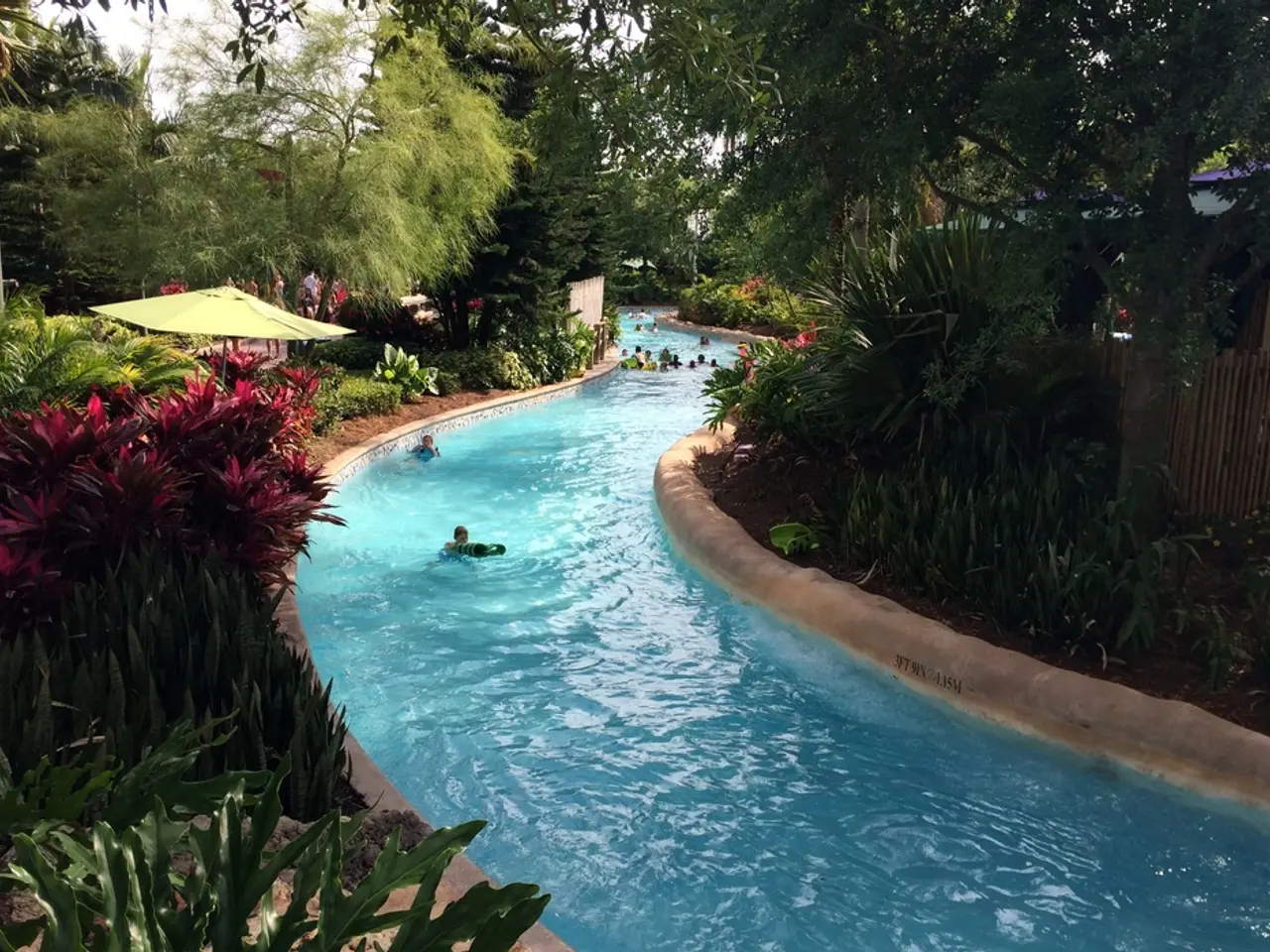Ensuring the Safety of Pool Pumps Against Dry Running: A Necessary Precaution for Pool Owners
Many homeowners may be unaware that a non-functioning pool pump can violate local health codes, potentially leading to forced pool closure and fines. In this article, we delve into the common causes, effects, and preventive measures for dry-running pool pump failures.
Common Causes of Dry-Running Pool Pump Failures
Dry-running pool pumps occur when the pump operates without adequate water, leading to overheating and irreversible damage to critical components. Common causes include running the pump without water priming, inadequate water levels, clogged skimmers or pump baskets, and leaks or air entering the suction side.
Preventive Measures
To avoid dry-running failures, it's essential to prime the pump before starting, maintain water levels at least halfway up the skimmer, regularly inspect and clean skimmer and pump baskets, check and replace pump seals and gaskets, monitor water flow, pressure, and pump operation, and during cold weather, keep the pump running continuously or use freeze protection devices.
Impact on Water Safety
Dry-running pump failures and related plumbing issues can lead to reduced filtration effectiveness, increased risk of pool water contamination, potential electrical hazards, and uneven chemical distribution. This can result in dangerous "dead zones" where sanitizer levels drop below safety thresholds.
Preventing Pump Failures and Maintaining Water Safety
Preventing pump failures is crucial for maintaining water circulation and filtration, directly safeguarding pool water quality and user safety. Regular maintenance and early detection of plumbing issues greatly reduce risks.
Key Takeaways
- Always prime the pump before starting.
- Maintain the water level at least halfway up the skimmer.
- Regularly inspect and clean skimmer and pump baskets.
- Check and replace pump seals and gaskets regularly.
- Monitor water flow, pressure, and pump operation.
- During cold weather, keep the pump running continuously or use freeze protection devices.
By following these guidelines, homeowners can ensure their pools remain safe and compliant with health codes, while also saving money on costly repairs and fines. Regular maintenance and early detection of plumbing issues are key to maintaining a clean, safe, and enjoyable swimming environment.
- Incorporating science principles, understanding the causes and effects of dry-running pool pump failures can help homeowners implement preventive measures based on this knowledge, promoting a health-and-wellness lifestyle, particularly for those who frequently use their pools.
- By adopting a lifestyle that includes regular pool maintenance and upkeep, homeowners can save money in the finance department, as costly repairs and fines are minimized due to proactive care, allowing them to allocate funds towards other needs.
- As technology advances, homeowners can utilize smart pool monitoring systems for timely alerts and insights, thereby addressing issues like dry-running pool pump failures promptly, maintaining water safety and ensuring a pleasurable lifestyle within their home-and-garden spaces.




